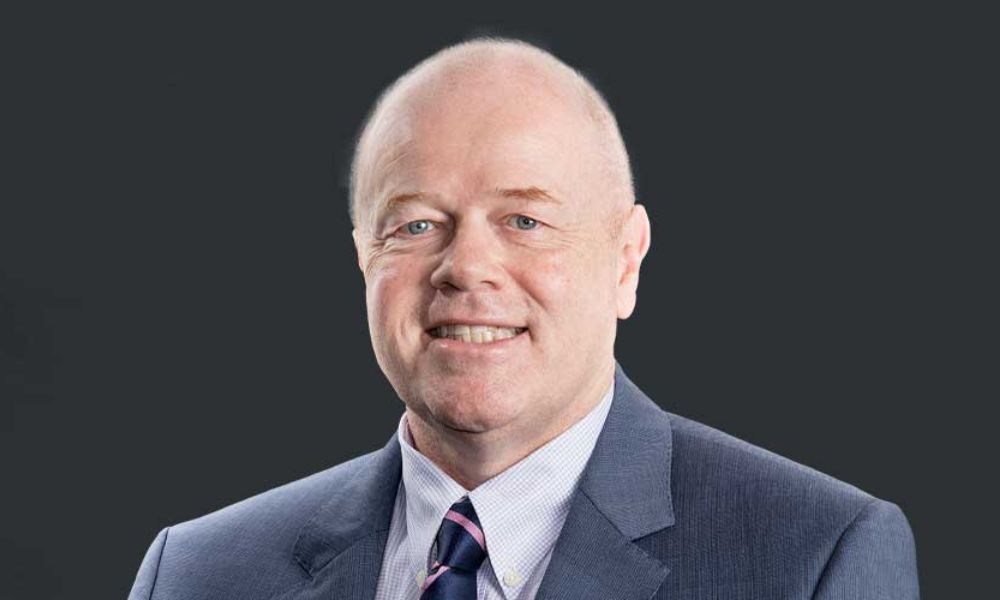Powell could use his highly anticipated speech to signal how high the U.S. borrowing costs could go and how long they would need to stay there to reduce inflation.
Norris said while the recent U.S. consumer price index (CPI) numbers were favourable, with some prices – such as energy, air fares, and used car sales – decreasing, the Fed pays more attention to the core personal consumption expenditure (PCE) price index, which will also be released on Friday.
There will also be another CPI rate released before the next Fed meeting, but Norris said although the Fed’s minutes show Powell has suggested that the bigger increases will stop at some point, Norris expected that the Fed rate could be 3 3/8% by the end of 2022 and 3.75% by mid-2023.
“I think the market has priced in more of an expectation of a hawkish statement from Powell,” he said, noting that the market is pricing in 3 5/8% to 3.75% by the end of 2022. “So, I think we could see a less hawkish speech. We could see a rally from where we are now.”
Norris said that while there are signs that U.S. inflation may have peaked, there is still an upward inflation trajectory overseas. Europe, which has energy concerns because of the impact of Russia’s war on the Ukraine, hasn’t reached its peak inflation yet. Inflation is accelerating at an even faster rate in the United Kingdom, where he said the Bank of England has indicated it could reach 13%.


